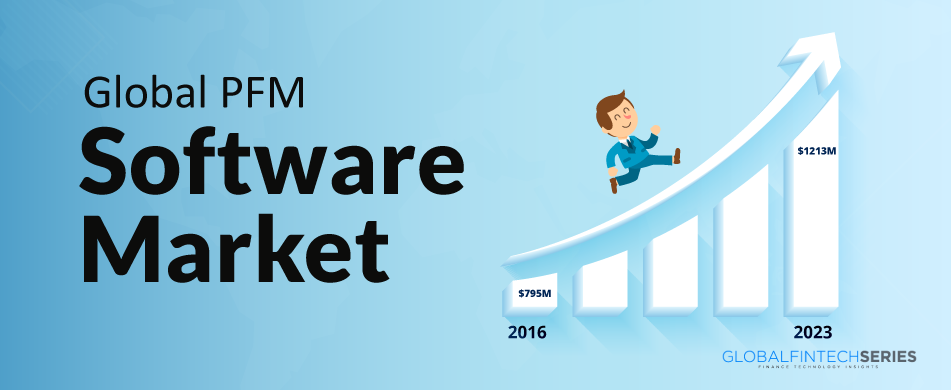Introduction
Personal finance apps, in lieu of mobile banking, usually offer more robust money management capabilities and greater flexibility in terms of customization, allowing users to do things like pay bills, monitor deposits and withdrawals, and move money across accounts.
Many not only let you make payments and keep tabs on deposits and withdrawals but also provide broader alternatives that put you in charge of your own financial management.
Read: Most Trending Crypto Wallet Of 2023 – Phantom
Uncovering the Mystery of PFM
Many online and mobile banking services owe their functionality to what is known as “personal financial management” (PFM) software.
In this way, PFMs aid their users in making better financial decisions. By consolidating customer accounts from many financial institutions, they provide customers with a holistic view of their financial standing and facilitate smarter decision-making.
Read: Transformation of Corporate Finance Practices in the ChatGPT Era

Personal financial management solutions include bill reminders, expense logs, and other budgeting features. Not only do they give customers a bird’s-eye perspective of their financial position, but they also give banks and Fintechs access to that information. A cutting-edge system that provides an exceptional interface for its users.
Read: Trust in Banking Explained With 10 Live Examples
How Does It Work?
Financial institutions may improve sales by catering to clients’ actual needs, while also providing them with a convenient and safe means of managing their own finances, thanks to the information supplied by the Personal Finance Management solution.
The information collected from clients’ purchases and savings helps financial institutions tailor their services to each individual’s specific requirements. Below are the steps:
- Setting goals and limits within one’s own budget.
- Establishing a plan to save money and sticking to it.
- Checking the state of the budget.
- Using several criteria to classify expenditures.
Is a PFM Right for You?
This is by no means an all-inclusive list, but it does highlight the four best budgeting applications.
The Spanish banking conglomerate BBVA introduced the continent’s first personal financial manager (PFM). They just implemented a new tool that gives customers a score out of 100 based on their financial well-being and suggests ways to improve their situation.
Bank of America
Insights is a personal financial management service introduced by Metro Bank, an independent bank based in the United Kingdom. The real-time spending tracking feature offered by Metro Bank alerts customers when their free trial period is coming to an end or when they have been charged twice for the same item.
Santander
The Spanish banking giant Santander, operating out of Norway, has released a personal financial management app in Denmark. They gave the app the moniker Propser and made it available to everyone, not only Santander clients.
Fintonic
Spanish Fintech company Fintonic has released a personal financial management (PFM) product in Spain. Users of Fintonic’s PFM have access to a centralized repository for all of their financial data and can customize the platform to notify them of upcoming bills and other expenses. Fintonic’s PFM also offers advice on where to look for affordable insurance and other financial services.
Exploring the Possibilities
The most recent iterations of personal finance apps are both more intuitive and responsive to individual users’ demands. Using these applications together, you can better manage your personal finances.
Even at the most basic level, they’ll make it easier to keep tabs on your finances and make timely bill payments. There are undoubtedly apps for your broader needs, or there will be shortly.
[To share your insights with us, please write to pghosh@itechseries.com ]
